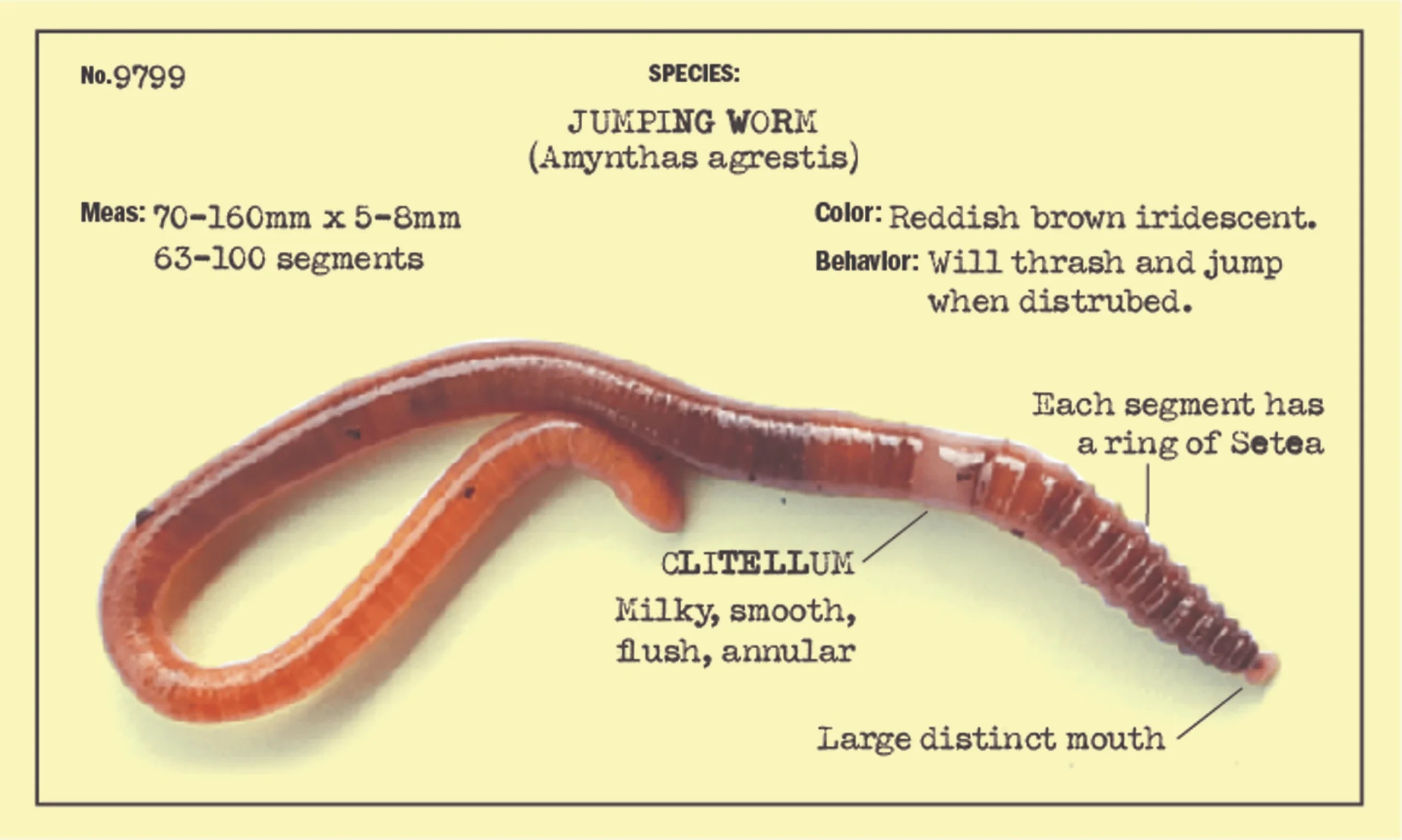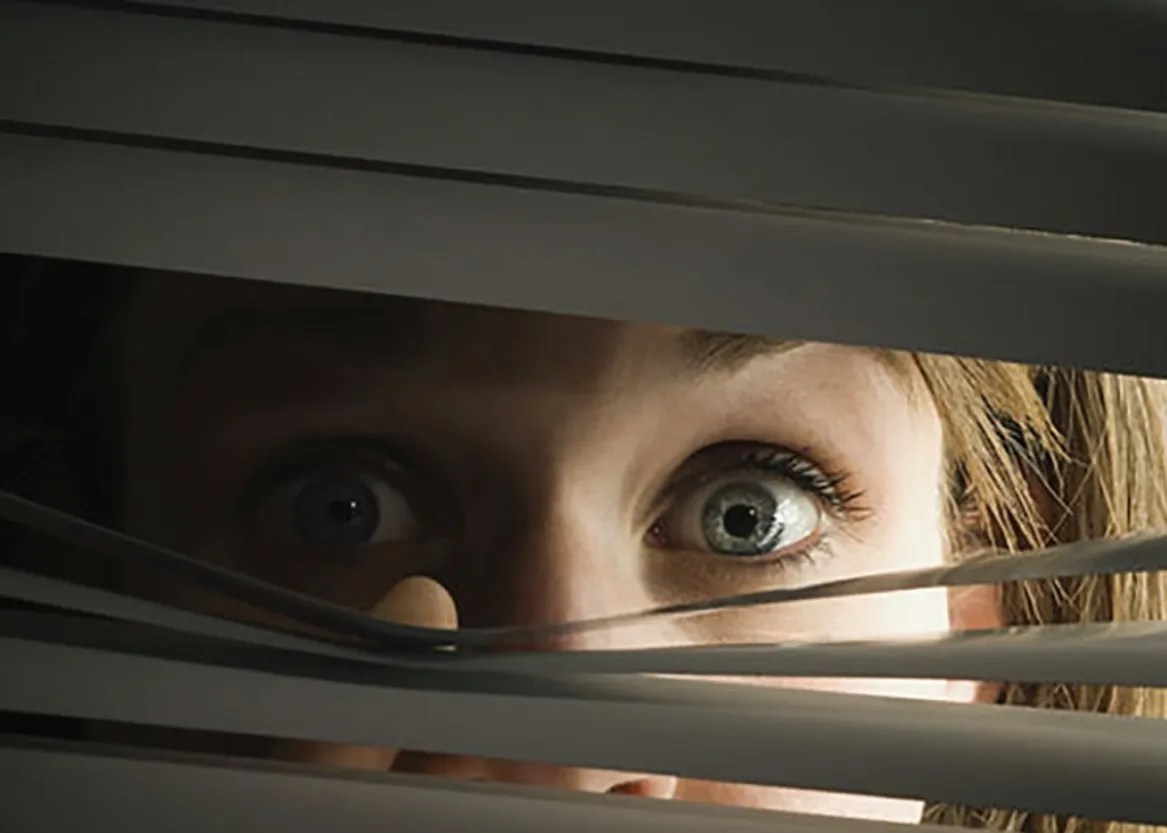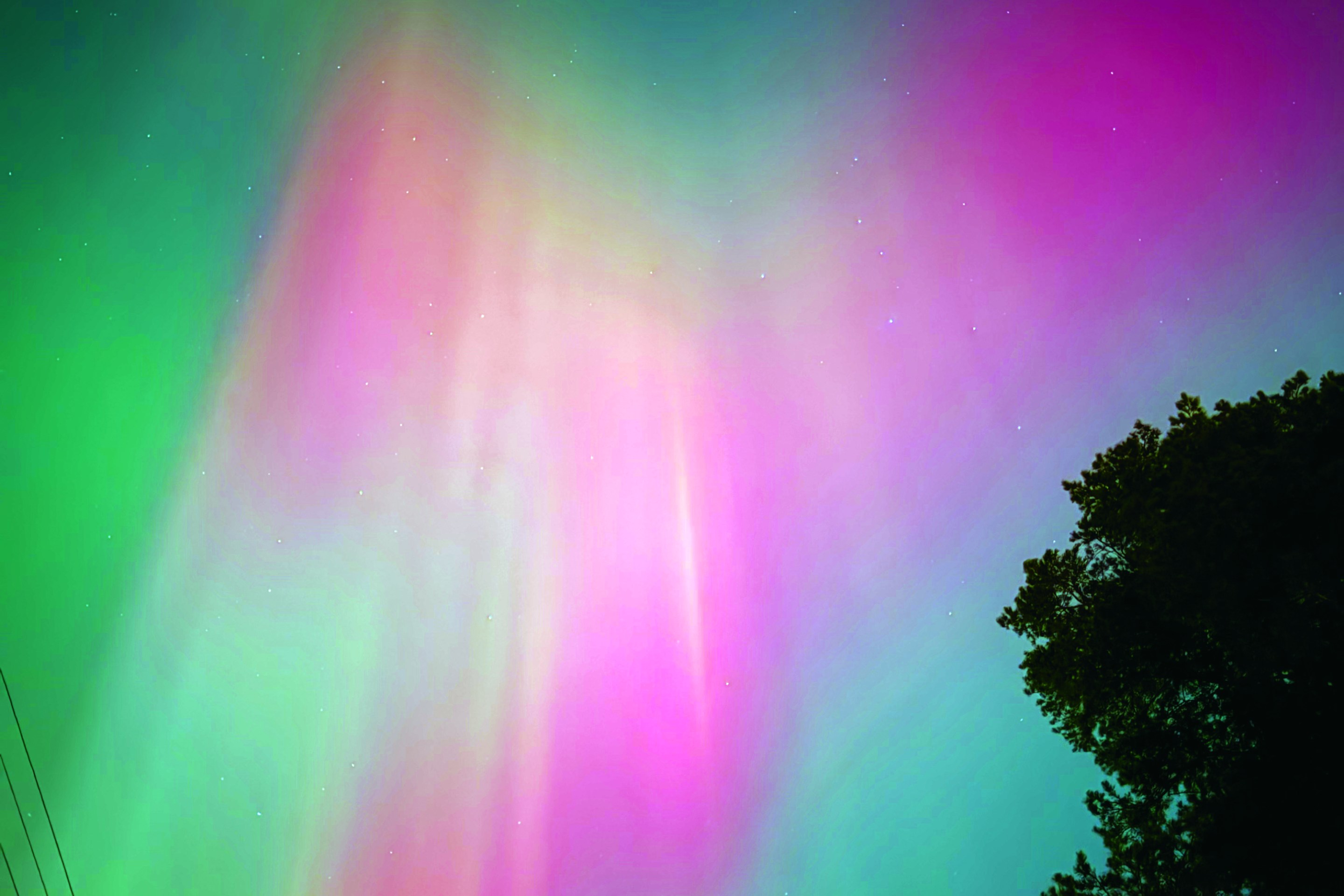My presidential endorsement was written and ready to go, but Jeff Bezos called and said we can’t run it.
So what to write about while barreling towards the most consequential election of our lifetimes?
I nominate invasive jumping worms, destroying the constitution of the soil with no regard for the consequences.
I was pulling anemic petunias out of the ground in late September and was surprised to see more worms than usual. And I was surprised at how the petunia roots had the consistency of brittle hair, and even more surprised when clumps of a nearby lime sedum fell out in my hand, totally rootless in the granular soil.
And then I realized that I was likely dealing with highly invasive jumping worms, aka Alabama jumpers, Jersey wrigglers, wood eels or crazy snake worms.
First step, the Google. Jumping worms are a death sentence to gardens and forests because they eat the decaying leaves on top of the soil.
Plants can’t grow or spread without the layer of leaf litter. Instead of enriching soil with their castings as earthworms do, they leave it devoid of nutrients.
There are a few deniers posting on social media that these worms are actually saving the soil, but they appear to be bots.
Next, I learned how to identify a jumping worm from an earthworm.
The jumper is slightly darker in color, and it has more setae, or hairs, per segment. But most telling is the placement and shape of the clitellum.
The what? The clitellum, which is a band that encircles the body of the worm and carries out its reproductive function.
On an earthworm it is slightly raised and only goes halfway around the body, like a saddle. On a jumper, it is flat and does a full 360 around the body.
I’ve baited a few fishhooks and I’ve never seen hairs on a worm. Counting them was out of the question.
That meant a closer look at the clitellum to determine if it indeed went the full 360. I nabbed two worms and put one in glass jar and one in a plastic sandwich bag so I could get a closer look.
To ease my qualms about causing such suffering I named the darker more active one JD and the puffier sluggish one DJ.
I learned on the Google that there is almost no way to eradicate them, other than to drench the soil with a solution of powdered mustard in water which drives them to the surface, allowing you to remove them by hand and put them in a bag in the sun for three days with predictable consequences.
The mustard water is harmless to critters and plants.
The destroyers of the soil reproduce asexually, meaning no mating necessary, they just produce hundreds of tiny cocoons which overwinter and hatch in the spring.
These poppyseed-sized cocoons get tracked around in the soil of potted plants, on garden tools, and are blown into nearby yards by leaf blowers. Ahem.
I spent the next week conducting an exorcism. I drenched the area with the mustard water and a few grumpy jumpers emerged from the area near those sickly petunias.
The Google says that they don’t really jump, but the Google has never tried to pick one up.
I dropped them into a bucket of water. I dug out the contaminated soil, I did another drench, I sanitized my tools and my boots. I did my best to stop the destruction of democracy. I mean, the soil.
The worms in the bucket swam circular laps for days. Like alien pods in a scifi film, they would not die. They wound up getting the sauna in the sunshine treatment, as recommended by the Google.
As for JD and DJ, they never revealed their true identity, but they were the losers in the end. They joined their fellow jumpers carefully contained in a landfill bag,
I hope we survived the threat, but I’m afraid they're still out there. The worms I mean.






